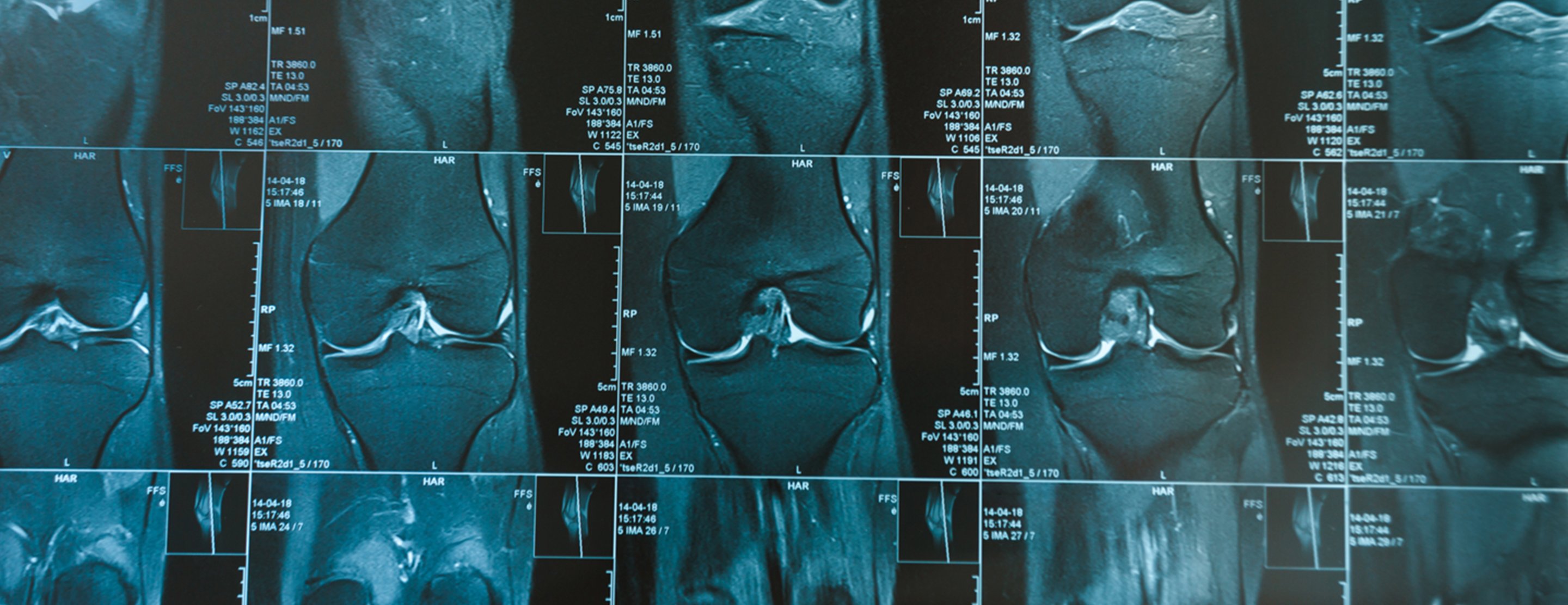Week 4: Medical Technolgies + Art
Medical Technologies + Art
The mechanics of a bicep contraction is art-like, causing changes in multiple muscles of the arm, shoulder, and back. As a Student Athletic Trainer, I spend a lot of time studying the human body including how it changes through movement and injuries. Recently, I've spent more time considering how observing the art of the human body influences my understanding of the science.
Famous artist and scientist Leonardo Da Vinci, helped me see that no study of anatomy is complete without the art of dissection. His dissections and illustrations served as a large development in understanding anatomy by providing fundamental insights into the human body, documenting previously unknown characteristics for study as well as for artistic appreciation. His work, which is still used today in art and medicine, emphasizes the art in a surgeon's blade, and the science in a sculptor's chisel. |
| Illustration of Fetus by Leonardo da Vinci |
The more I think about it, the more I see the innate connection between the human body and art. As described by Ingber in The Architecture of Life, it is the same components arranged in different patterns that result in different lifeforms. From the unique shape of the Buckminster Fullerene to those of the cytoskeleton, the similarities in nature and the human body are undeniable, and as Plato suggested, "the book of nature may indeed by written in the characters of geometry" (Ingber 57).
The intersection of art and medicine is most beautifully highlighted by developments in medical technology starting from the use of dissections. Ranging from imaging techniques to prosthetics, medical technology uses artistic techniques to disseminate science. One example of medicine in the form of art is through MRI imaging. MRIs are able to non-invasively offer insight into the inside of the body by revealing aspects such as an enlarged spleen or a torn Achilles. In doing so, the MRI serves as a "portrait" of the body as is especially evident in the similarities between construction of an MRI image and a portrait, "namely, the mirror placed inside the scanner, the condition of stillness, the MRI sound," (Casini 88).
 |
| MRI Scan of a Knee |
The use of art in medical technology and dissemination of medical information is further explored by projects such as the National Medical Library's Visible Human Project. The project carefully preserved and imaged the different parts of a male and female cadaver. These images were then made publicly available for medical educational and artistic use. Although the ethics of the project have been debated, it is difficult to ignore the value of the anatomical knowledge that artful dissection, preservation, and imaging made accessible.
 |
| Female Brain from the Visible Human Project |
The way in which Da Vinci's dissection and drawings revealed intricate scientific details is the same way in which an MRI scan can serve as a portrait of the body. Each of these developments in science serve as a reminder that there can be no medical technology without the use of art to disseminate, construct, and preserve it.
Works Cited
Bambach, Carmen. “Anatomy in the Renaissance: Essay: The Metropolitan Museum of Art: Heilbrunn Timeline of Art History.” The Met's Heilbrunn Timeline of Art History, Oct. 2002, https://www.metmuseum.org/toah/hd/anat/hd_anat.htm.
National Library of Medicine. “The National Library of Medicine's Visible Human Project.” U.S. National Library of Medicine, National Institutes of Health, 1995, https://www.nlm.nih.gov/research/visible/visible_human.html.
Ingber, Donald E. “The Architecture of Life.” Scientific American, vol. 278, no. 1, 1998, pp. 48–57., https://doi.org/10.1038/scientificamerican0198-48.
Vesna, Victoria, director. Human Body & Medical Technologies , https://bruinlearn.ucla.edu/courses/160989/pages/unit-4-view?module_item_id=5946331. Accessed 27 Apr. 2022.
Casini, Silvia. “Magnetic Resonance Imaging (MRI) as Mirror and Portrait: MRI Configurations between Science and the Arts.” Configurations, vol. 19, no. 1, 2011, pp. 73–99., https://doi.org/10.1353/con.2011.0008.
Images/Videos
UCSF Health. “Knee MRI Scan.” Ucsfhealth.org, 6 Oct. 2020, https://www.ucsfhealth.org/medical-tests/knee-mri-scan.
Perloff, Joseph K. “Human Dissection and the Science and Art of Leonardo Da Vinci.” The American Journal of Cardiology, vol. 111, no. 5, 2013, pp. 775–777., https://doi.org/10.1016/j.amjcard.2012.12.031.
National Library of Medicine. “The Visible Human Project - Getting the Data.” U.S. National Library of Medicine, National Institutes of Health, 1994, https://www.nlm.nih.gov/research/visible/getting_data.html.
Comments
Post a Comment